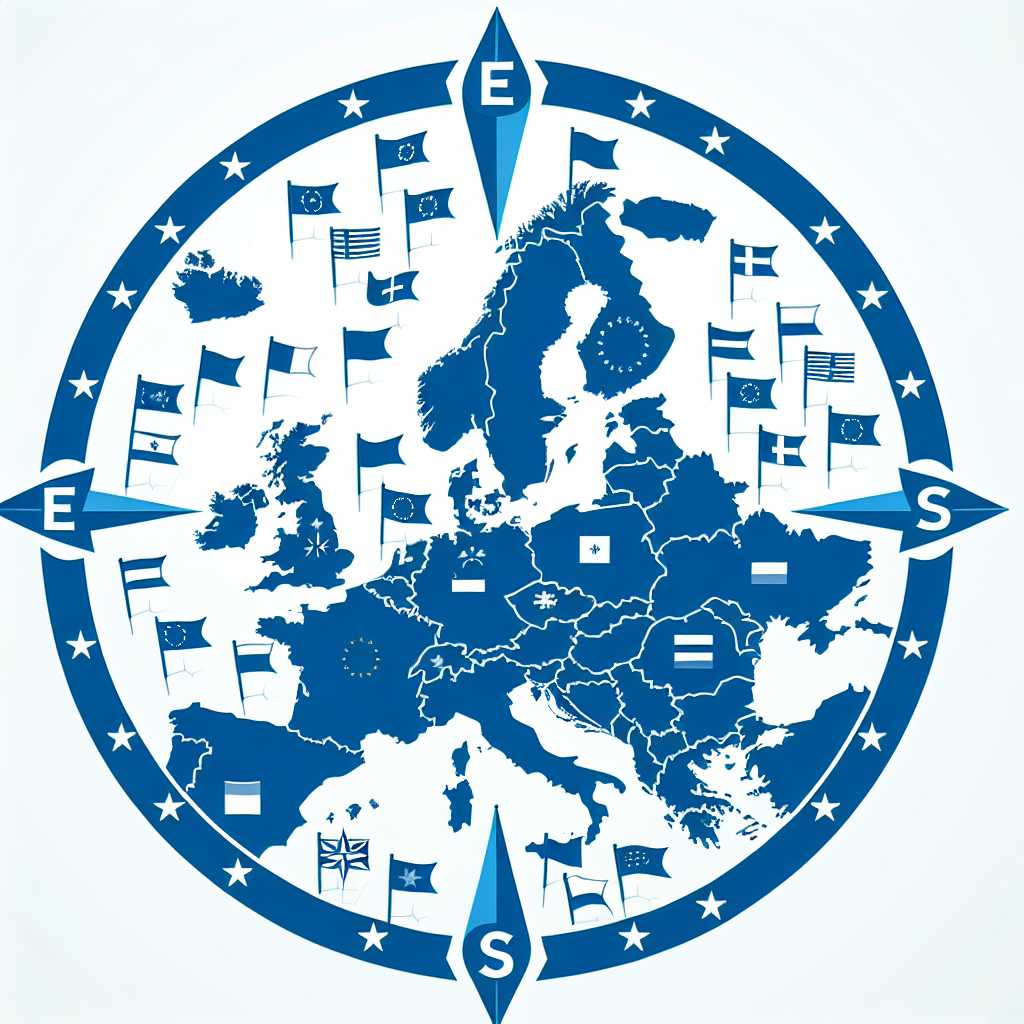Understanding NATO: Its Purpose, History, and Significance in Global Politics
NATO, which stands for the North Atlantic Treaty Organization, is a political and military alliance that has played a significant role in global affairs since its inception. Established on April 4, 1949, with its headquarters in Brussels, Belgium, NATO has been a cornerstone of Western defense policy throughout the tumultuous periods of the Cold War and beyond. This alliance encompasses a collective defense agreement where member states agree to mutual defense in response to an attack by any external party. As the global landscape evolves, the relevance and operations of NATO continue to be fundamental to discussions about security and international relations.
Historical Context of NATO
NATO was originally founded by twelve countries including the United States, Canada, and several Western European nations as a response to security concerns during the early stages of the Cold War. Its inception was primarily aimed at countering Soviet aggression in Europe, ensuring political stability and peace.
Following its establishment, NATO has undergone several expansions. These are seen as vital for strengthening the alliance and adapting to new security challenges. Over these years, NATO has introduced strategic concepts outlining its vision, strategic purposes, and nuclear policy.
The end of the Cold War brought fresh challenges and required a shift in NATO’s approach to security. This period was marked by NATO participating in peacekeeping roles, conflict prevention, and promoting stability in various regions such as the Balkans during the 1990s.
NATO in Contemporary Global Politics
Today’s geopolitical environment presents ever-evolving challenges such as terrorism, cyber threats, and the modernization of military forces by nations like China and Russia. NATO has expanded its focus from collective defense to include crisis-management operations and cooperative security initiatives.
In recent years, issues such more aggressive postures from Russia have prompted NATO to reinforce deterrence measures on its eastern borders. This includes enhanced forward presence battlegroups in several member countries bordering Russia. Additionally, cyber threats have increasingly come under scrutiny by NATO as Internet infrastructure becomes critical to national security.
Membership and Structure of NATO
NATO currently boasts 30 member countries that pledge to uphold democratic values and contribute to the shared goal of peace and security. The alliance operates on a consensus decision-making process where all members must agree on action or policy.
At its core is a civilian Secretary General who administers policies decided upon by all country-representatives conferred upon at summits. There’s also the North Atlantic Council (NAC), which is the alliance’s principal political decision-making body.
Militarily, NATO is led by the Military Committee which consists of Chiefs of Defense from all member nations. Below them operate various command structures responsible for actionable aspects of defense.
Notable NATO Operations
Through its history, NATO has undertaken several operations with varying global impact:
–
Bosnia-Herzegovina
: Implementation Force (IFOR) and Stabilisation Force (SFOR) were tasked with implementing and then sustaining civil order following the Dayton Agreement.
–
Kosovo
: Kosovo Force (KFOR) operated under UN mandate was deployed for peacekeeping purposes.
–

